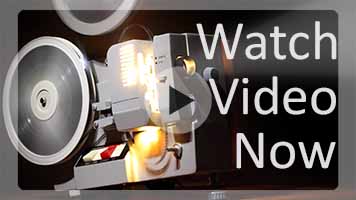While most models for change are focused on the linear progression of logical steps from the current state to the future state with little or no attention paid to the way that individuals feel about the change, the Bridges Transition Model, from his book Managing Transitions, intentionally focuses on the emotional impacts of the change on individuals and their organizations.
Building on Kübler-Ross
To understand Bridges’ perspective on change, one must first consider the stages of grief associated with loss and understand how all change is a loss of something. The argument can be made that a change is generative, creating new things, and therefore it doesn’t involve loss. However, anyone who has grown up to see the old way that they did things replaced with something new can tell you that there is a loss.
Nostalgia used to be considered a psychological disease. It has since lost its stigma and is now driving entire industries. For most people, we don’t really want to go back to the way things were, but we long to reconnect with some of the positive memories from our past.
It’s easy to drop a packet of microwave popcorn into the microwave for three and a half minutes. The process of making popcorn with a whirligig on the stove took much longer and was much more work, but there are still times when we long for memories like these with our grandparents.
Stage-less
Also unique to the Bridges Transition Model is the idea that there are not clear stages as such. Instead, it looks at the change as a continuum. It begins with the current, where the focus is on letting go, ending the current state, and accepting loss to the vision of the change – the new beginning. In the middle is a neutral zone of confusion that everyone must go through.
Letting Go
The starting point is a place where we have established habits and routines that we must let go of and eventually lose so that we can change our behaviors to reach the vision that we want. This process of letting go is harder than it seems. The ADKAR model acknowledges that you need desire to leave. As adults, we realize that we must let go of one thing to get the next thing.
Anyone who has used the monkey bars on a playground has felt this experience. You must let go of one bar to reach the next bar. When you’re very young and your arms don’t quite reach, you’re even forced to swing back and forth to provide enough motion to even reach the next rung of the monkey bars. Letting go of established routines can sometimes feel this way: we must grab the opportunity now before it’s too late.
The process of letting go is necessarily an emotional process which is focused on the emotions surrounding the loss instead of the practical realities of the loss. No one would argue that microwave popcorn isn’t faster and easier, but it means letting go and potentially losing some childhood memories.
This area corresponds to Lewin’s Unfreezing stage.
The Neutral Zone
In wars, we call them demilitarized zones. They’re the no man’s land between two warring parties that have agreed to step back from the dividing line, so that neither perceives that the other may be aggressive. The neutral zone in the Bridges Transitions Model is like this. It’s an area where neither the old approaches nor the new vision are fully experienced. It corresponds to Lewin’s Change and Transition phase.
This, too, is a place where Bridges emphasizes the emotional impact of the transition. The emotions of fear and uncertainty play loudly in everyone’s head and create the need for greater degrees of reassurance.
The New Beginning
The new beginning is where the vision of the change is reached and corresponds to Lewin’s Refreezing. In the new beginning area of the continuum, the focus is on entrenching the behaviors and attitudes and accepting the new realities.
Emotions and Reason
Bridges’ model is often used in conjunction with other models to help support the emotional changes necessary in a change project.
Resources
- William Bridges’ Managing Transitions


